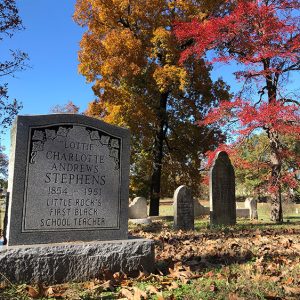 Charlotte Stephens Grave
Charlotte Stephens Grave
Entry Category: Historic Preservation - Starting with C
 Charlotte Stephens Grave
Charlotte Stephens Grave
Charlotte Street Historic District
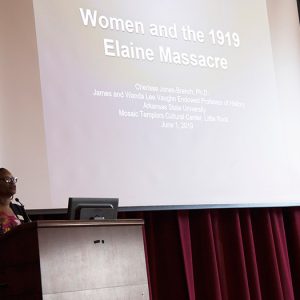 Cherisse Jones-Branch
Cherisse Jones-Branch
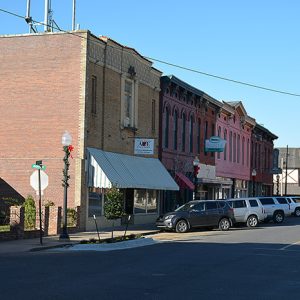 Cherry Street Historic District
Cherry Street Historic District
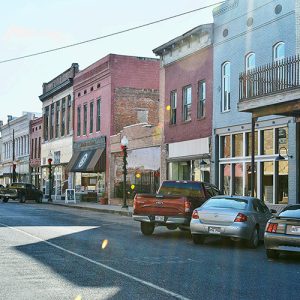 Cherry Street Historic District
Cherry Street Historic District
Cherry Street Historic District
Chicot County Courthouse
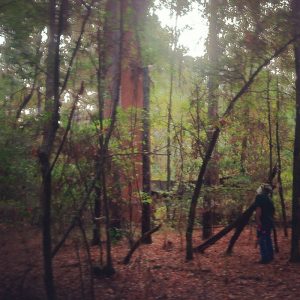 Chimney Remnants
Chimney Remnants
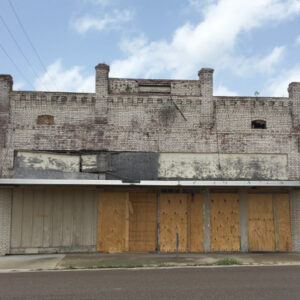 Chu Building
Chu Building
 Citizens Bank Building
Citizens Bank Building
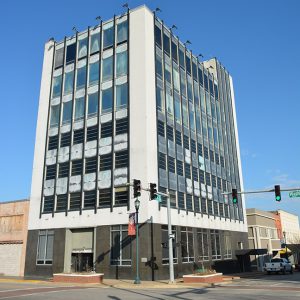 Citizens Bank Building
Citizens Bank Building
Citizens Bank Building (Jonesboro)
Civil War Archaeology
Civil War Centennial
Civil War Markers and Memorials
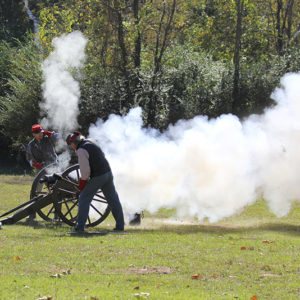 Civil War Reenactment
Civil War Reenactment
Civil War Roundtable of Arkansas (CWRTA)
Civil War Sesquicentennial
 Civil War Trail
Civil War Trail
Clark County Courthouse
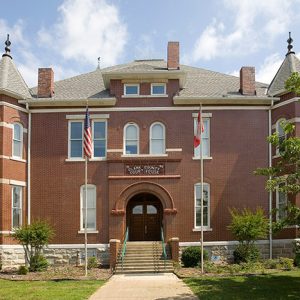 Clark County Courthouse
Clark County Courthouse
Clark County Historical Association
Clark County Library
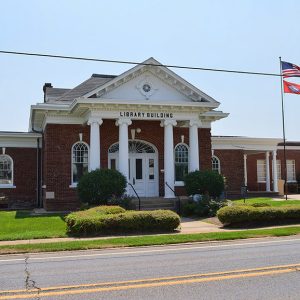 Clark County Library
Clark County Library
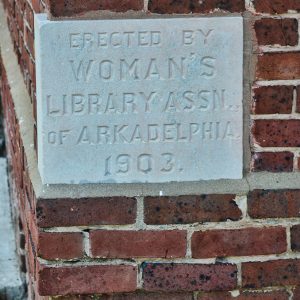 Clark County Library Plaque
Clark County Library Plaque
Clark County Museum
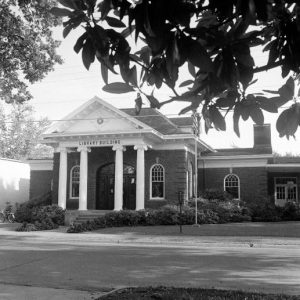 Clark County Public Library
Clark County Public Library
 Clark House
Clark House
Clark House (Malvern)
 Joe Marsh and Maxine Clark House
Joe Marsh and Maxine Clark House
Clarksville Confederate Monument
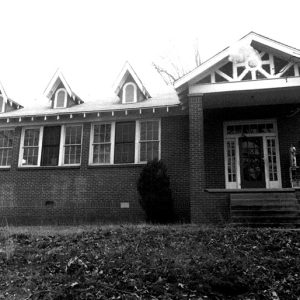 Clarksville High School Building No. 1
Clarksville High School Building No. 1
Clarksville High School Building No. 1
 Clarksville High School Building No. 1 (back)
Clarksville High School Building No. 1 (back)
Clarksville National Guard Armory
Clayton House
aka: W. H. H. Clayton Home
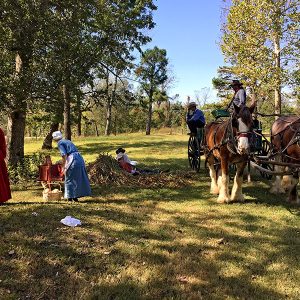 Cleaning Sorghum
Cleaning Sorghum
Clear Springs Tabernacle
Cleburne County Courthouse
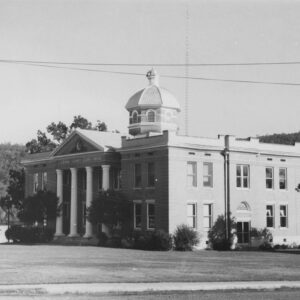 Cleburne County Courthouse
Cleburne County Courthouse
Cleburne County Farm Cemetery
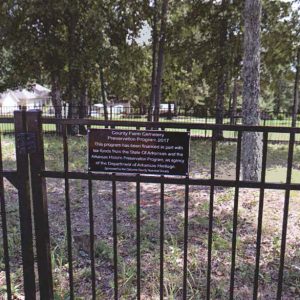 Cleburne County Farm Cemetery
Cleburne County Farm Cemetery
 Cleburne County Farm Cemetery Plaque
Cleburne County Farm Cemetery Plaque
 Patrick Cleburne Statue
Patrick Cleburne Statue
Cleveland County Courthouse
 Clifton and Greening Streets Historic District
Clifton and Greening Streets Historic District
Clifton and Greening Streets Historic District
 Clinic Interior
Clinic Interior




